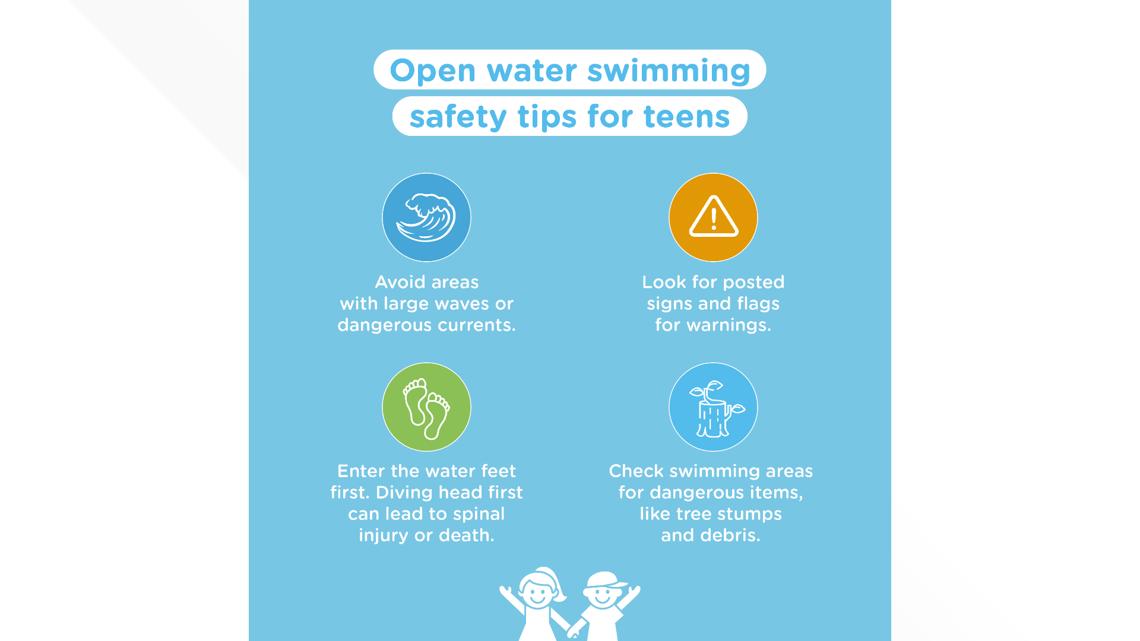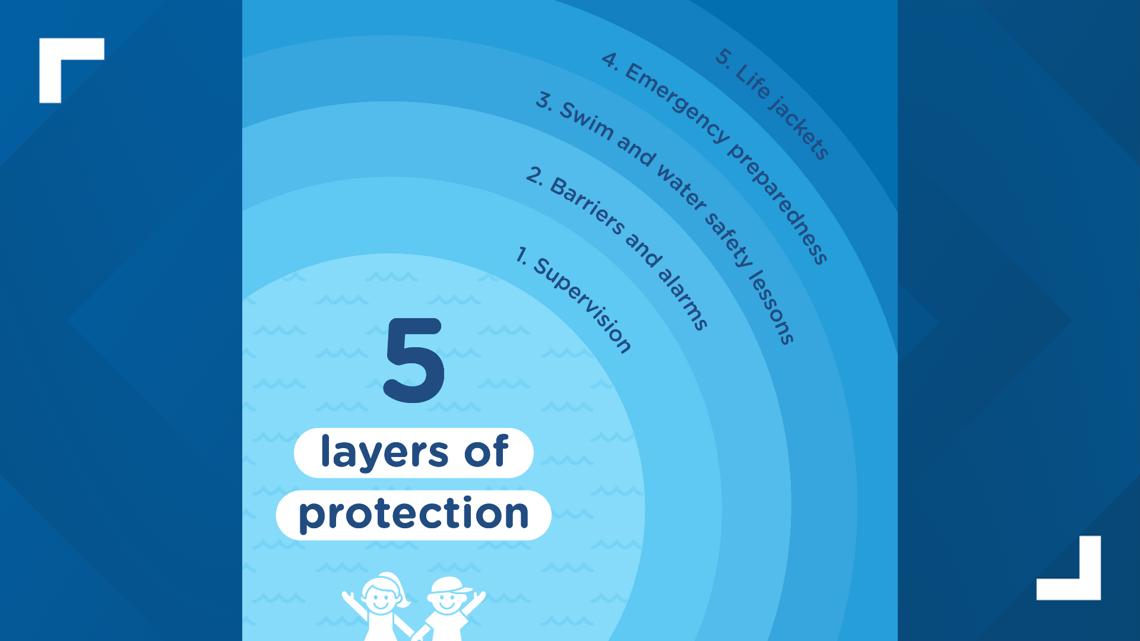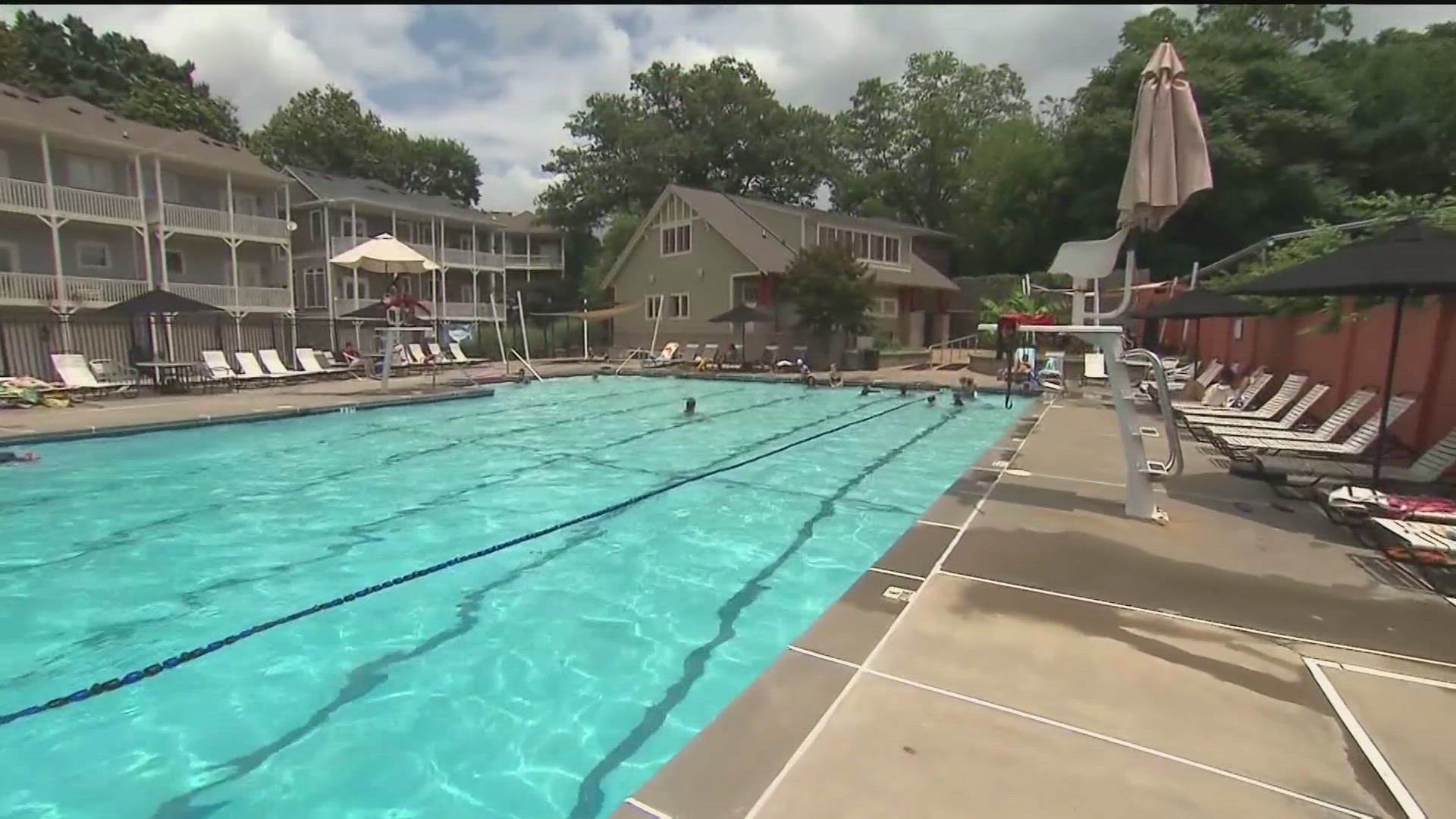ATLANTA — An increase in fatal drownings among children has doctors and nurses at Children’s Healthcare of Atlanta warning families to have extra supervision around the water this 4th of July.
“This time last year, we had seen one fatal drowning in our system. At this point this year, we have seen four fatal drownings," said Amanda Batlle, Manager of Injury and Illness Prevention at CHOA.
Additionally, the hospital has observed a rise in non-fatal drownings, Batlle stated. Non-fatal drownings vary from mild cases resolved in a few hours, like respiratory distress, to severe cases requiring intensive care for brain function restoration.
Because of confidentiality, Batlle couldn’t disclose specific details, but the four cases varied in age from young to teenage years and happened in different locations, such as community pools and lakes.
After reviewing each chart and the specifics of each case, Batlle said every case was preventable.
“The number one thing, and this is for both fatal and for non-fatal drownings, is supervision was key," she added.


She added that, in most cases, "kids are being left to their own devices."
"Some of these are younger kids, and some of these are older kids that may be going to the pool, trying to swim on their own without friends or adults nearby," Batlle added.
Drowning doesn’t look like it does in the movies. Reality rarely looks like the thrashing and splashing depicted on screen.
“Drowning can happen in as little as 30 seconds, and it’s silent," Battle said. "In reality, it’s the kid that’s really struggling, and then all of a sudden, they can’t do it anymore, and their head dips under the water. They might still be struggling, but it looks like they’re swimming underwater until they’re at the bottom of the pool."
Drowning is the leading cause of death for children ages 1-4 and the second leading cause of death for children ages 5-9, according to the Centers for Disease Control. It remains a top 10 cause of death in teenagers.
To keep your family safe around the water this season, Batlle recommends these five layers of protection:
- Constant supervision
- Barriers and alarms around bodies of water
- Swim and water safety lessons
- Emergency preparedness
- Life jackets


Batlle also warns against relying too much on the trendy tip about wearing bright-colored bathing suits as a drowning prevention tool.
As a tiny piece of the safety equation, Batlle fears that messaging leads people to be less vigilant around the water.
“We want to encourage kids to be in the water and swim. This is a normal part of childhood. Development is learning to swim,” Batlle said.
Doctors recommend that parents supervise children under the age of six, children who are not strong swimmers, and those who cannot independently swim down the length of a pool to stay within arm’s reach of the child in the water.


Officials added that competent and more advanced swimmers should be kept within an eye's reach.
To help train new swimmers, CHOA has partnered with the YMCA to fund a significant number of swim lessons for families who otherwise couldn’t afford them.
Contact your local YMCA to find swim and water safety classes near you.

